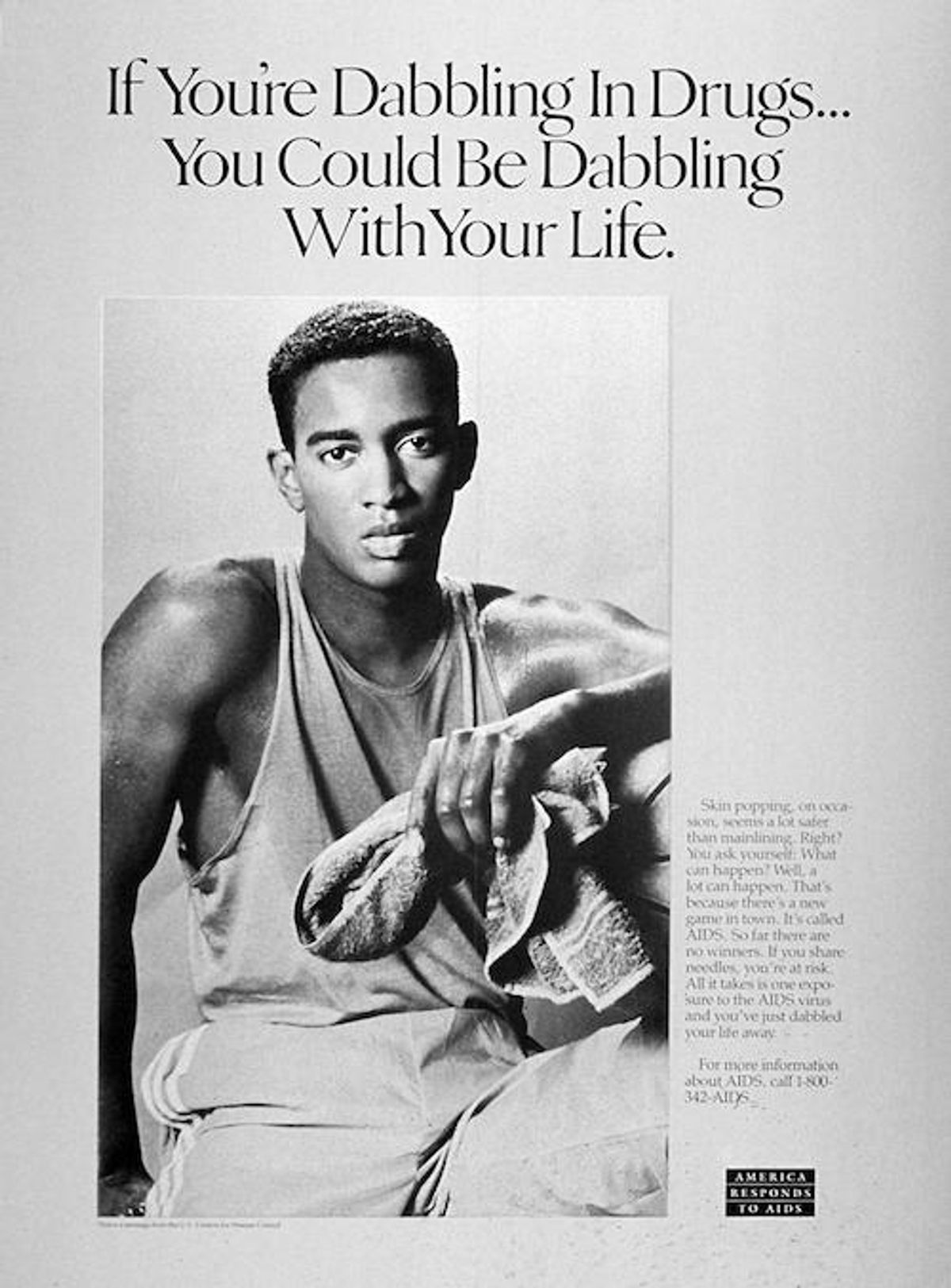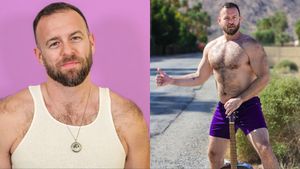When I was a young baby gay on the come up, AIDS was everywhere. Figuratively. There were posters in my school, there were special episodes on TV, there were ribbons on every Gucci lapel of every red carpet. The threat of AIDS was in movies and in music, in the very air, a cautinoary pall hanging over my youth. I still feel a tinge of sadness whenever I watch TLC's "Waterfalls" and the shirtless dude just disappears--those three letters having taken him to his final resting place. Never understood why it wasn't four letters, but I digress.
There was an active anti-AIDS propoganda campaign in full motion during my adolesence and it worked. The '90s and '00s saw a sharp decline in HIV infections and coupled with advances in treating people with AIDS, by the time PrEP rolled around the threat of AIDS didn't seem so, well, threatening.
But no tea, no shade, HIV/AIDS is still very much a threat. Which is why Feburary 7 is National Black HIV/AIDS Awareness Day.
According to the CDC, African Americans are the racial/ethnic group most affected by HIV in the US, with gay and bisexual men accounting for more than half of estimated new HIV diagnoses.
Related | HIV/AIDS in the Black Gay Male Community is at an Exceptional High
Now that AIDS isn't the crisis it was in my youth, kids today are brought up without the same urgency surrounding it. Between 2005 and 2014, HIV infection rose 87% among young black queer men, aged 13 to 24. And not only are young black gay men the most susceptible to contracting HIV, they often do not have the resources to get proper treatment.
Below, some sobering facts from the CDC on the impact of HIV/AIDS on the black community:
In 2014, 44% (19,540) of estimated new HIV diagnoses in the United States were among African Americans, who comprise 12% of the US population. Among all African Americans diagnosed with HIV in 2014, an estimated 57% (11,201) were gay or bisexual men. Of those gay and bisexual men, 39% (4,321) were young men aged 13 to 24.
From 2005 to 2014, the number of new HIV diagnoses among African American gay and bisexual men increased 22%. But that number stabilized in recent years, increasing less than 1% since 2010.
From 2005 to 2014, the number of new HIV diagnoses among young African American gay and bisexual men (aged 13 to 24) increased 87%. But that trend has leveled off recently, with the number declining 2% since 2010.
In 2014, an estimated 48% (10,045) of those diagnosed with AIDS in the United States were African Americans. By the end of 2014, 42% (504,354) of those ever diagnosed with AIDS were African Americans.
At the end of 2012, an estimated 496,500 African Americans were living with HIV, representing 41% of all Americans living with the virus. Of African Americans living with HIV, around 14% do not know they are infected.
Of African Americans diagnosed with HIV in 2013, 79% were linked to HIV medical care within 3 months, but only 51% were retained in HIV care (receiving continuous HIV medical care). Only 37% of African Americans living with HIV at the end of 2012 were prescribed antiretroviral therapy (ART), the medicines used to treat HIV, and only 29% had achieved viral suppression.
In 2013, 3,742 African Americans died of HIV or AIDS, accounting for 54% of total deaths attributed to the disease that year.
Click here for more information on testing, prevention and treatment. And click here to learn more about National Black HIV/AIDS Awareness Day.
























































































